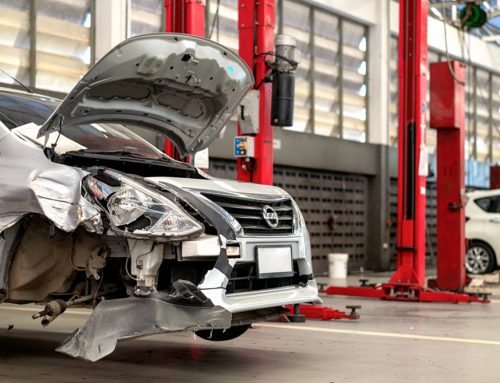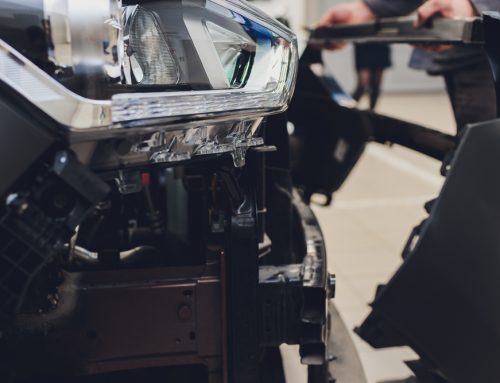First of all, what is a performance indicator? It is a measurable index that lets you track the success of your organization. It is used to set goals that can be monitored during production to find out if you are on the right track. You can then compare results from one period to the next to determine if you are improving over time.
Collision shop managers need this essential tool in their toolbox. KPIs can also be used as a management tool to bring teams together, celebrate success and even implement reward systems.
In the body shop industry, the keys-to-keys cycle time has often been used as an important measure because it is one aspect that insurers carefully consider when choosing a partner for their supplier networks.
It is an interesting indicator, but it’s the client’s indicator. The real question is: which indicators should collision shops consider to measure their performance?
The number of sold estimated hours produced weekly (or monthly) is probably the strongest indicator that is directly linked to your sales turnover and productivity. The higher this number, the more theoretically profitable the shop is. Why? Because if you can increase the number of sold estimated hours produced per technician per week, you are then also able to optimize your labour costs and make them grow profitably.
In conclusion, it is important to find the right success indicators, to set credible goals and to rally your teams around these objectives so that your shop can be as efficient as possible.
Did you know? By applying good capacity planning practices, many ProgiPlanning users increase the number of sold estimated hours produced per week by 30% or more.





